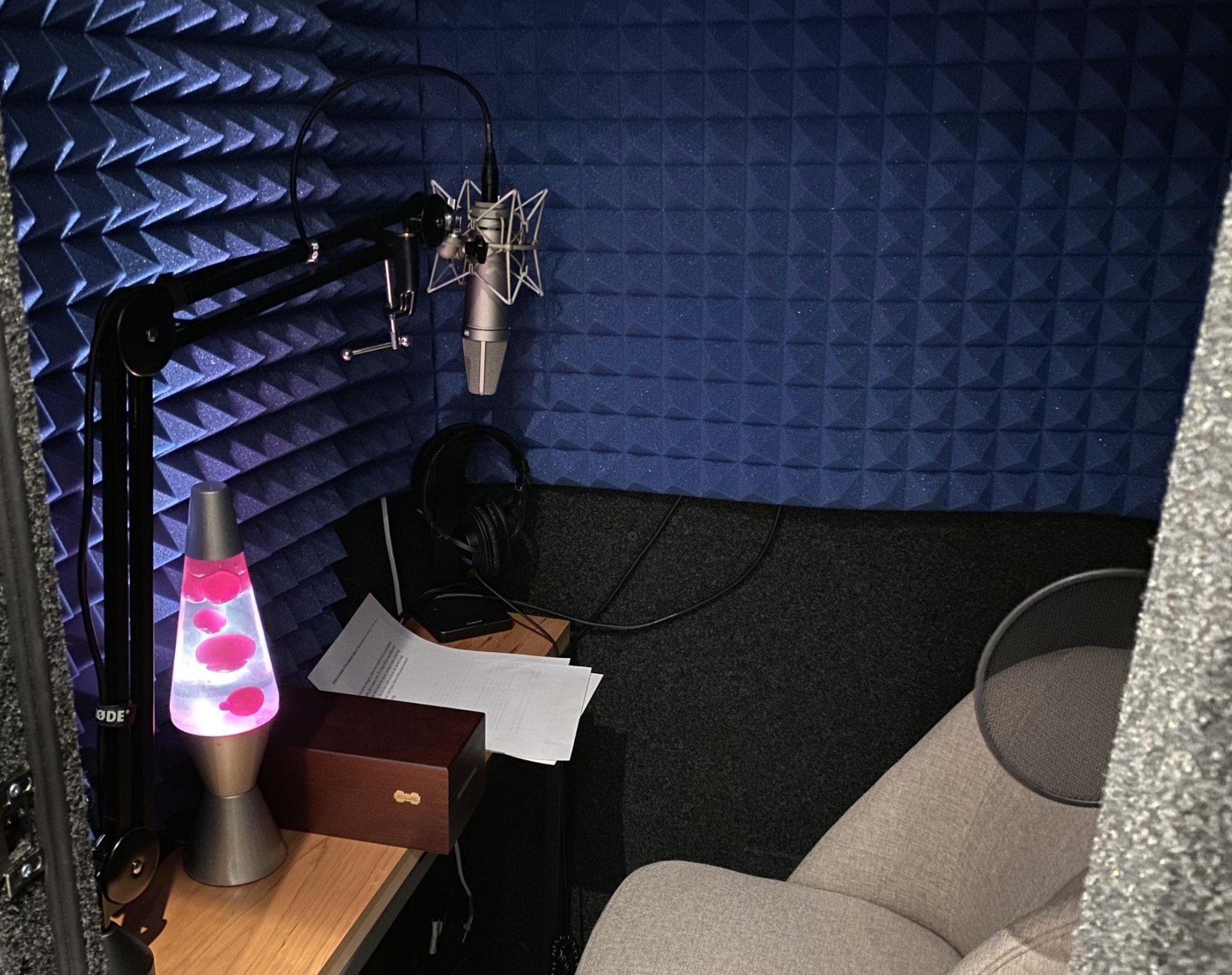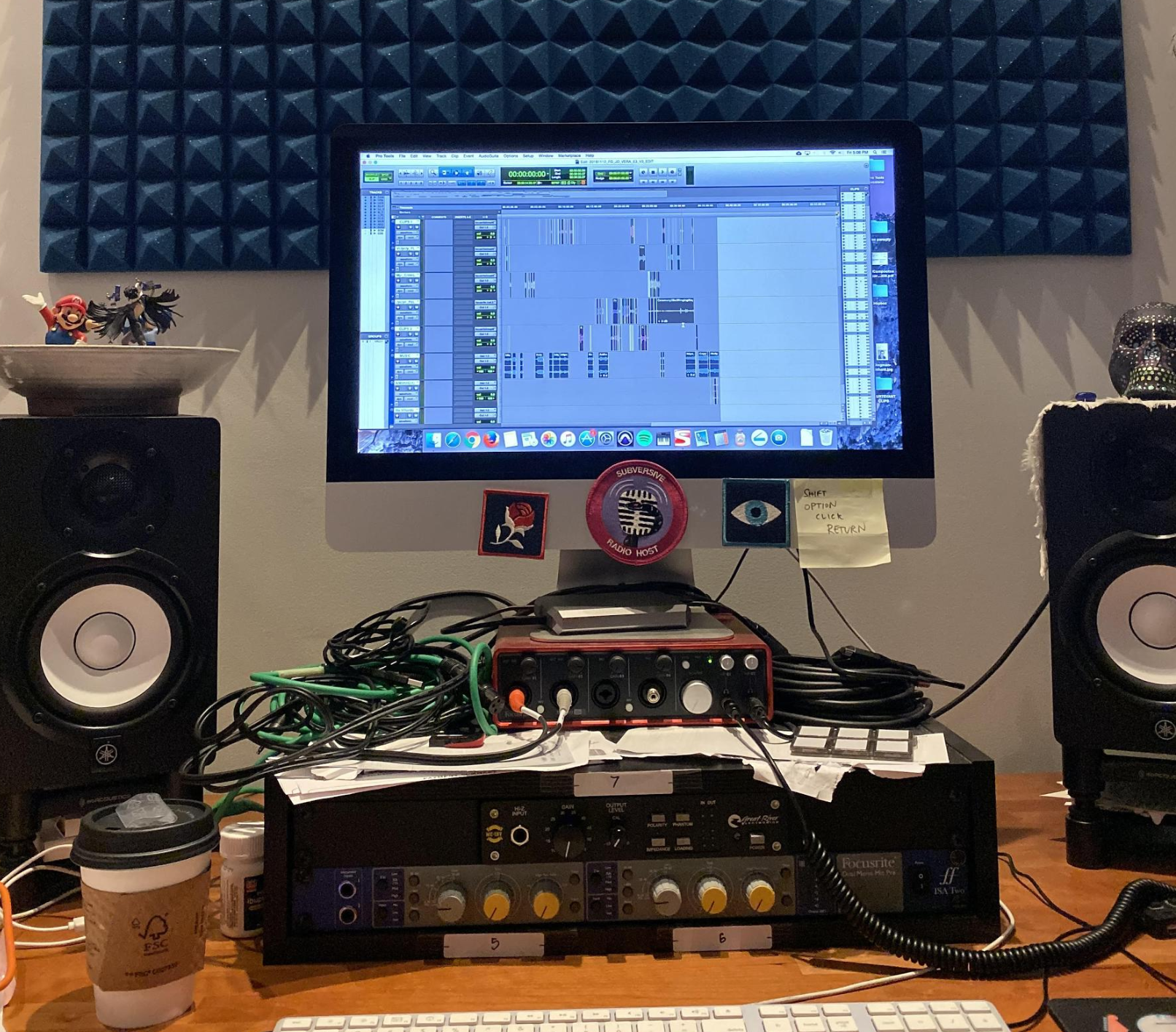Technology
- Details
- Category: Technology
Read more: How Cuba’s digital revolutionaries are fighting for change
Write comment (91 Comments)Artists have told the TheIndianSubcontinent how their artwork is being stolen from social media and sold for profit online.
They claim malicious individuals are finding their art, often with the
- Details
- Category: Technology
Read more: How bots are stealing artwork from artists on Twitter
Write comment (96 Comments)If you're hoping for a drone for Christmas then check this out.
It was the World Drone Racing Championship Final on 15 December and it looks pretty cool.
Hundreds of competitors took on an awesome-looking track in China.
The winner was 16-year-old Changhyeon Kang from South Korea.
- Details
- Category: Technology
Read more: World Drone Racing Championship Final
Write comment (94 Comments)
- Details
- Category: Technology
Read more: A Mother’s Nightmare, Preserved Online
Write comment (99 Comments)The beauty of podcasting is that anyone can do it. Ita rare medium thatnearly as easy to make as it is to consume. And as such, no two people do it exactly the same way. There are a wealth of hardware and software solutions open to potential podcasters, so setups run the gamut fromNPRstudios to USB Skype rigs.
We&ve asked some of our favorite podcast hosts and producers to highlight their workflows — the equipment and software they use to get the job done. The list so far includes:
I&m ListeningAnita FloresLetTalk About Cats& Mary Phillips-Sandy and Lizzie JacobsBroken RecordJustin RichmondCriminal/This Is LoveLauren SpohrerJeffrey Cranor of Welcome to Night ValeJesse Thorn of BullseyeBen Lindbergh of Effectively WildMy own podcast, RiYL
For three seasons, Panoply&Family Ghosts& has explored the deep, dark and true mysteries that have haunted families for generations. Show creator Sam Dingman is a Moth Grand Slam Winner, who also served as the producer for the popular podcasts &Bad With Money& and &You Must Remember This.&

I fell in love with podcasts in 2009, during the depths of my bizarre tenure as a customer support rep at an ill-fated software concern (RIP LimeWire). My job was to answer the phone and tell irate users who&d contracted viruses from illegally downloading music (read: porn) that we didn&t give refunds. Podcasts were a welcome reprieve from this firehose of outrage, and before long, I got up the nerve to start one of my own. I proceeded to fritter away entire workdays combing through recording forums (shout-out to Gearslutz!) and Googling pictures of radio studios, lusting after large diaphragm condenser mics and palpitating over preamps.
Unfortunately, all I could afford was an Audio-Technica AT2020 USB mic — which led to a series of initial recordings which were as spirited as they were unintelligible:
 [A recording session for my (mercifully) short-lived first podcast, circa 2009].
[A recording session for my (mercifully) short-lived first podcast, circa 2009].
Thankfully, I&ve learned a lot in the ensuing 10 years, and have also, via the grace of the audio gods, somehow acquired enough of a production budget to build my own studio space in a cozy basement studio in Greenpoint, Brooklyn. Earlier this year, my friend Alan and I spent two truly endless days in said basement attempting to decipher the instructions for constructing a Whisper Room, where I now record all of the narration for &Family Ghosts,& soothing my constant fear that the whole thing is going to collapse on my head with the calming presence of a magenta lava lamp.
My starry-eyed Googling at LimeWire convinced me that a Holy Grail vocal chain could be achieved via the pairing of a Neumann U87 mic with the rich analogue circuitry of a Great River ME-1NV preamp, and I accordingly sprung for both as soon as we got the last screw turned on the Whisper Room. Every time I take the Neumann out of its wooden jewelerbox for a recording session, I whisper &Hello, Magic Mic.& The Great River sits on my desk with its stately black knobs and austere gain meter, and I love the warmth and nuance it imparts upon the voices that flow through it.

Of course, recording narration in the Whisper Room is only half the battle for a &Family Ghosts& story — when I&m not in the studio, I&m usually lugging around a backpack full of my field recording gear: a Zoom H5 digital recorder, two Rode NTG2 shotgun mics, two desktop mic stands and XLR cables, a wall adapter and extension cord so that I don&t have to worry about draining the batteries on the Zoom during long interviews, a pair of Sony MDR-7506 headphones and a stereo ¼& -to-⅛& cable, which allows me to record good-quality phone interviews on the Zoom.
Then I bring the whole works back to the basement in Greenpoint, load the audio into Pro Tools, fire up the lava lamp, buy some coffee and obsessively re-arrange waveforms into the wee small hours of the night, forever grateful that I somehow found a way to leave the screaming customer service calls behind.
- Details
- Category: Technology
Read more: How I Podcast: Family Ghost’s Sam Dingman
Write comment (98 Comments)No matter what your startup sells or who you&re selling it to, companies that survive — and grow — need big customers and lots of them. But how do you land million-dollar deals with limited resources and no credibility?
In more than 20 years of building companies and products, I&ve learned that in the grand scheme of the startup lifecycle, while you scale your way through growth to eventual sustainability and success, acquiring your first customer is relatively easy. Any good salesperson can sell a good product to the prospect of their choice. Hell, any mediocre salesperson, even when they&re hawking complete crap, can get lucky once. Your first customer is a great signal, but itjust a signal, not a savior.
What actually matters is what we learn from that first signal and all the signals that follow.
Aggregate value to target prospects
The process starts way before the first sales pitch. Your chances of closing your first big sale are going to be directly related to how well you&re targeting your prospective customers. So letbegin with a discussion of aggregation and targeting.
All product and service sales come down to usage and aggregated value. It doesn&t matter if your target customer is a consumer or a business. It makes no difference if your price point is dollars or thousands of dollars. It doesn&t matter if your transaction is completely frictionless or requires a six-month hand-hold by your sales team.
If your customer is a consumer, they&re going to have limited usage with your product or service and the value needs to be tightly wound into that small usage window. If your customer is a business, they&re likely going to have multiple users and almost continuous usage of the product or service, so the value will be delivered over time.
So a &lot of customers& for your product or service might be 100, or it might be a million. Either way, you&re offering the same value per dollar based on usage. You&re aggregating that value into the sale, so you need to be targeting those customer prospects with the highest expected usage.
A classic rookie mistake made by most entrepreneurs is spraying and praying at large prospect audiences for the sake of their largeness alone, hoping that those shards of value surface for the right people at the right time.
Don&t do that. Instead, for B2C sales, you&re going to need some intelligence about your prospect list, which means more than Facebook ad demographics — itbeing able to predict the usage based on the source of the prospect. For B2B sales, you need to determine the optimum type of business to sell into: their size, their industry, their appetite for innovation, and anything else you can use to narrow your focus.
Figure out who is going to get the most aggregate value for their usage and target them.
Targeting customer prospects based on value aggregation is not only going to increase the chances of closing, italso going to dictate the near future in terms of the growth of your startup. A targeted, good customer is going to make your life a lot easier. A random, poor customer is going to fill your world with complaints, support requests, change requests, feature requests, and ultimately severe changes to your product roadmap.
Consolidate and find a champion
When you&re a startup, your customers are buying innovation. The tricky thing is, no one needs innovation. Rather, they need the derivatives of that innovation — time, simplification, throughput, security.
In order to close a big sale, in other words, the aggregation of many, many units of that usage and value, you&re going to have to consolidate that usage and find a champion of value on the customer side.
So the question becomes: Who benefits the most from the derivatives of innovation brought about by maximizing the usage of your product or service?
- Details
- Category: Technology
Read more: How startups close their first big sales
Write comment (91 Comments)Page 100 of 5614

 10
10